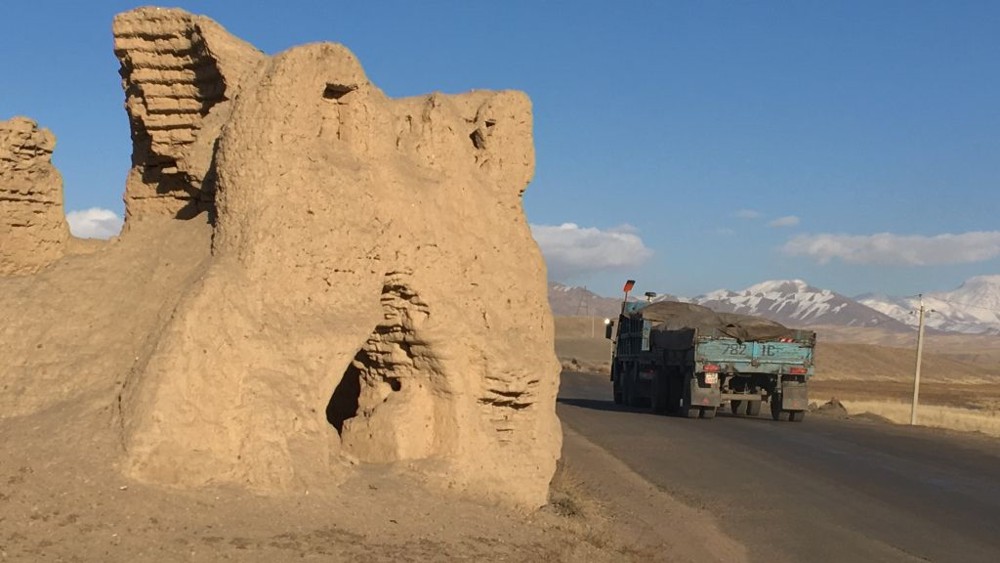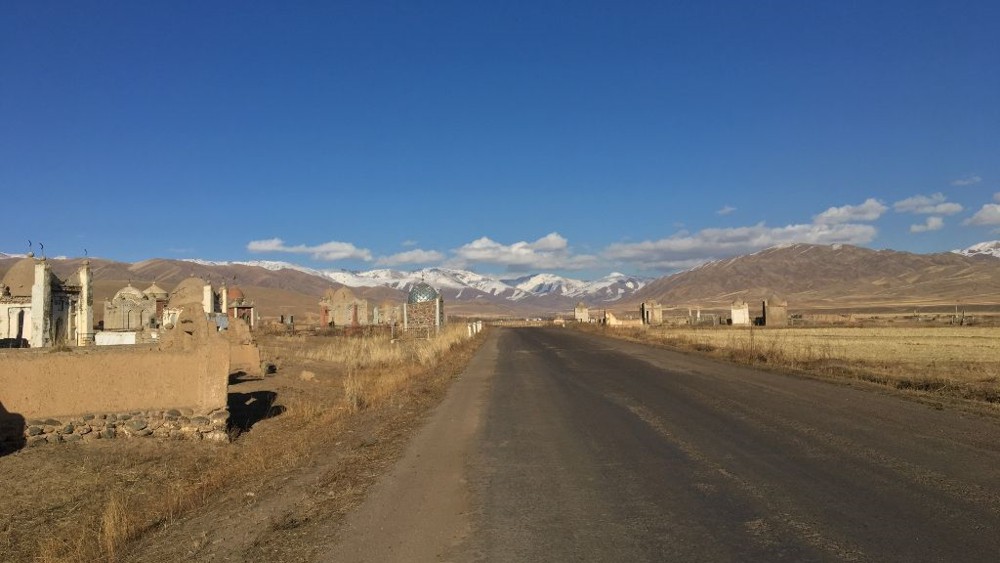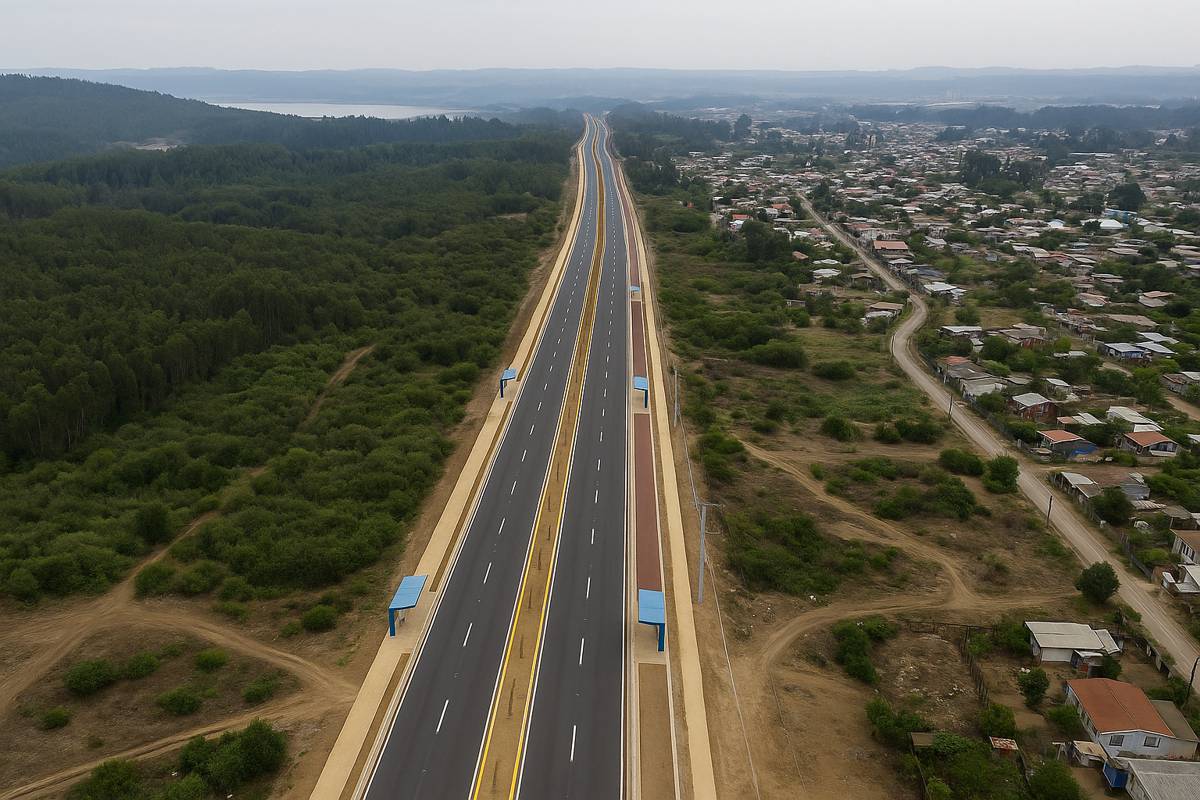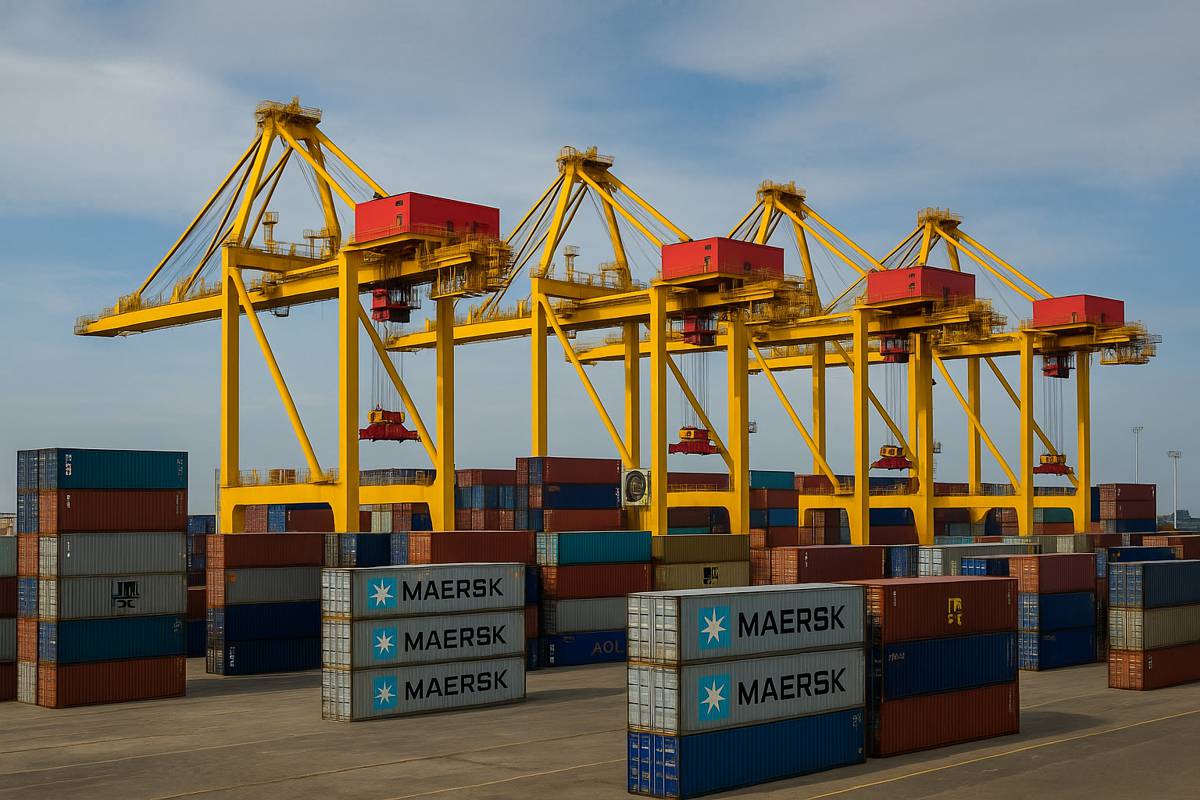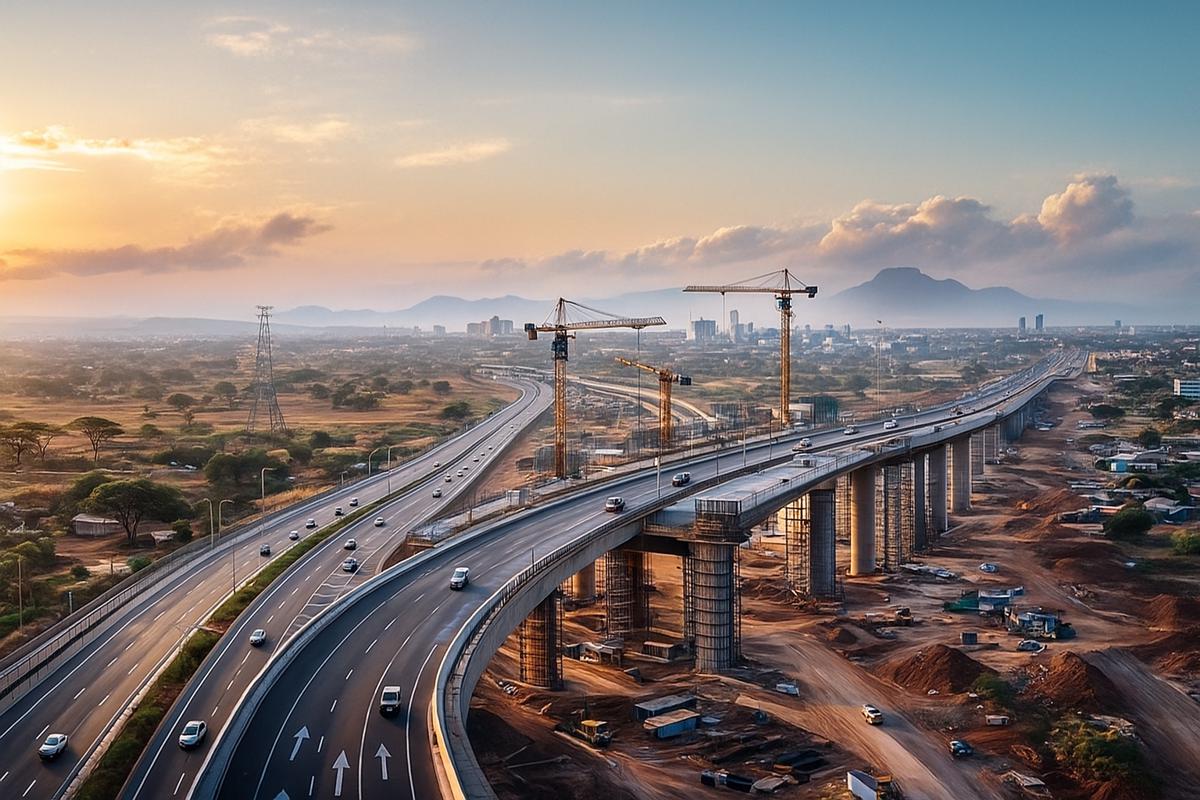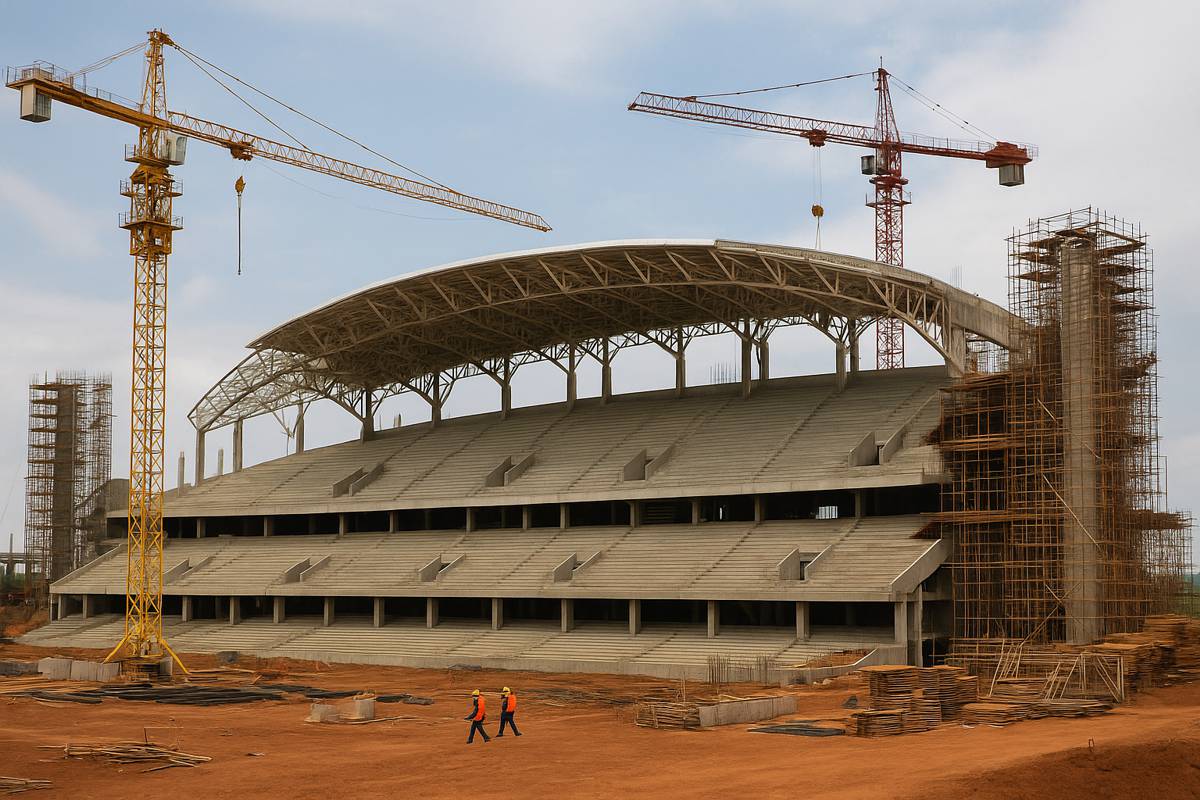ADB provides $78m to improve regional road links in Kyrgyz Republic
The Asian Development Bank’s (ADB) Board of Directors has approved a total of $78 million to complete the rehabilitation of a road that connects two major transport corridors linking the land-locked Kyrgyz Republic to international markets.
The new loan supplements financing to an existing ADB-supported project to improve regional connectivity, mobility, and economic activity in the Kyrgyz Republic by improving regional transport corridors around the country.
The additional assistance, composed of a $68.5 million loan and a $9.5 million grant from the Asian Development Fund, will improve two road sections on the North–South Alternate Corridor, namely Balychy–km marker 43 and Kochkor–Epkin, totalling 68 kilometres (km), to provide a faster, alternative route between the Central Asia Regional Economic Cooperation (CAREC) Corridors 1 and 3.
“The Kyrgyz Republic depends heavily on road transport,” said ADB Principal Portfolio Management Specialist Mr. Narendra Singru. “Weak domestic and regional connectivity has hindered the country’s economic growth and development, which also limits mobility and economic opportunities for its citizens. This project addresses some of these issues by promoting the movement of cargo and passengers and improving access to regional economic centres.”
In 2016, ADB approved $114.35 million in the form of a loan and grant for the CAREC Corridors 1 and 3 Connector Road Project to rehabilitate the 70 km Epkin–Bashkugandy section of the North–South Alternate Corridor linking Balykchy with Jalal-Abad. The project aimed to improve connectivity and mobility, link economically underprivileged regions in the Kyrgyz Republic with economic hubs, as well as strengthen the institutional capacity of the Ministry of Transport and Roads.
Apart from rehabilitating another 68 km of road sections, the CAREC Corridors 1 and 3 Connector Road Project, Phase 2 will also incorporate climate change adaptation mechanisms in the road designs to enhance climate change resilience, and will continue to support the Kyrgyz government in improving road safety in the country.
Since 1996, ADB has financed 11 road projects and five advisory technical assistance projects in the Kyrgyz Republic totalling $658 million. ADB assistance has rehabilitated and improved an estimated 985 km of roads in key regional corridors, including the CAREC Corridor 3 Bishkek-Osh and CAREC Corridor 1 Bishkek-Torugart roads.
ADB is committed to achieving a prosperous, inclusive, resilient, and sustainable Asia and the Pacific, while sustaining its efforts to eradicate extreme poverty. Established in 1966, it is owned by 67 members—48 from the region. In 2017, ADB operations totalled $32.2 billion, including $11.9 billion in co-financing.









